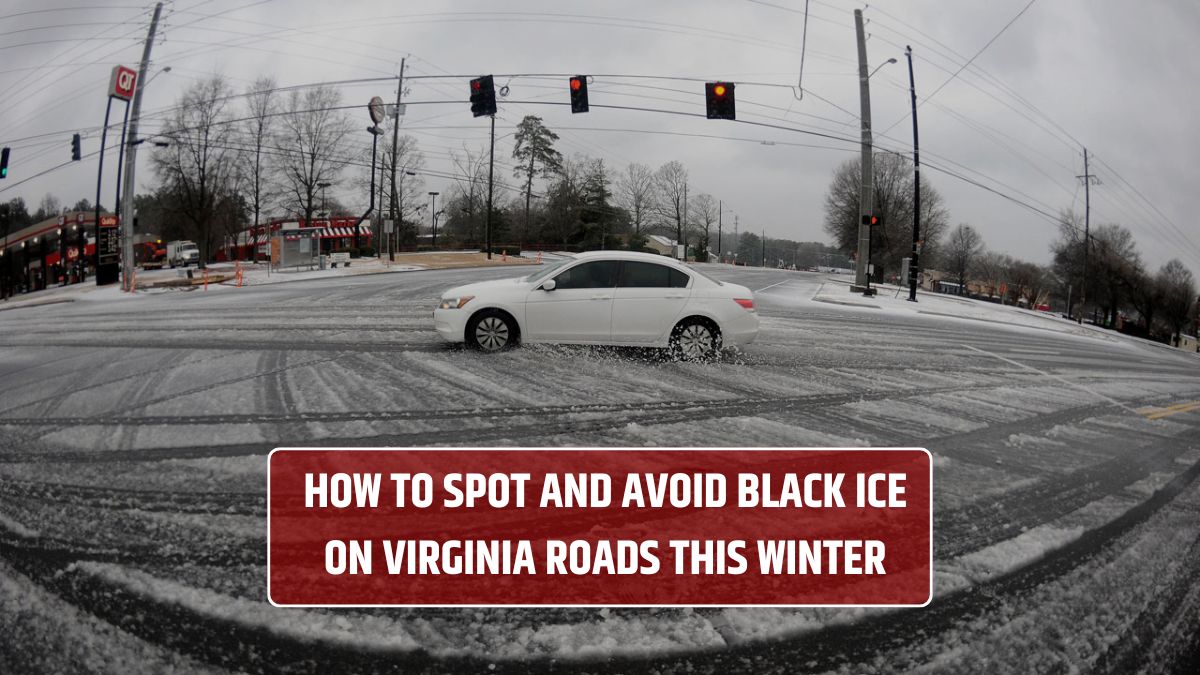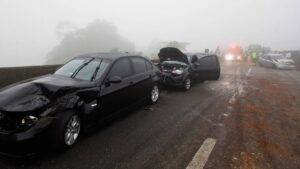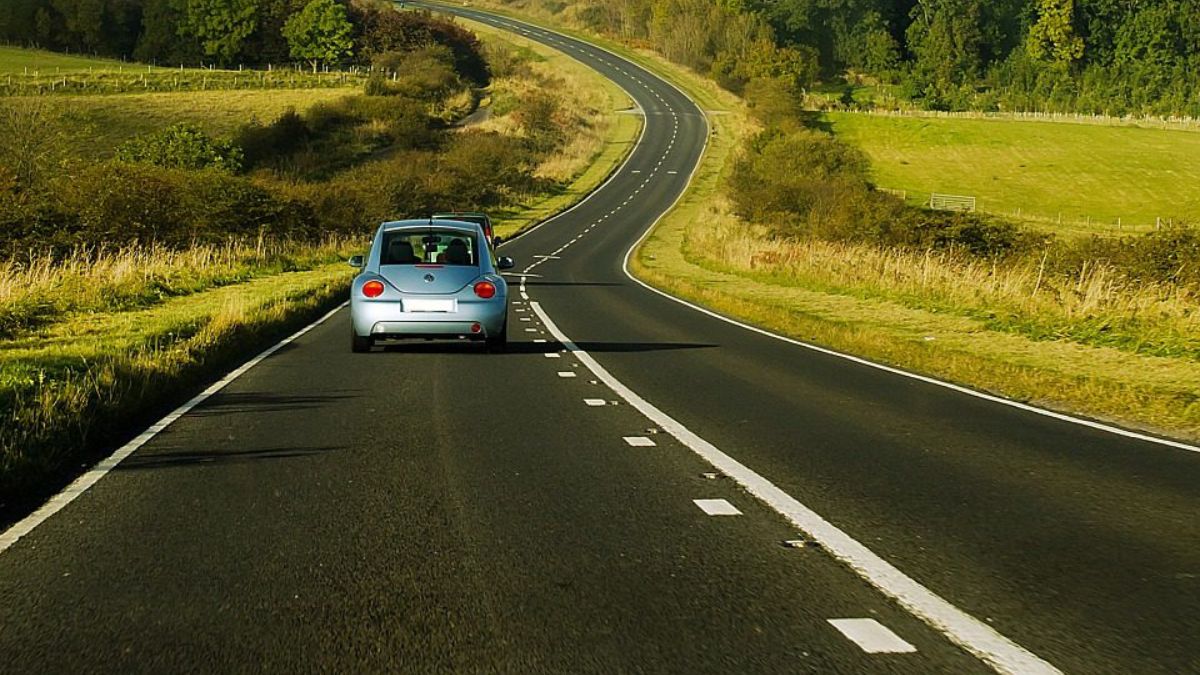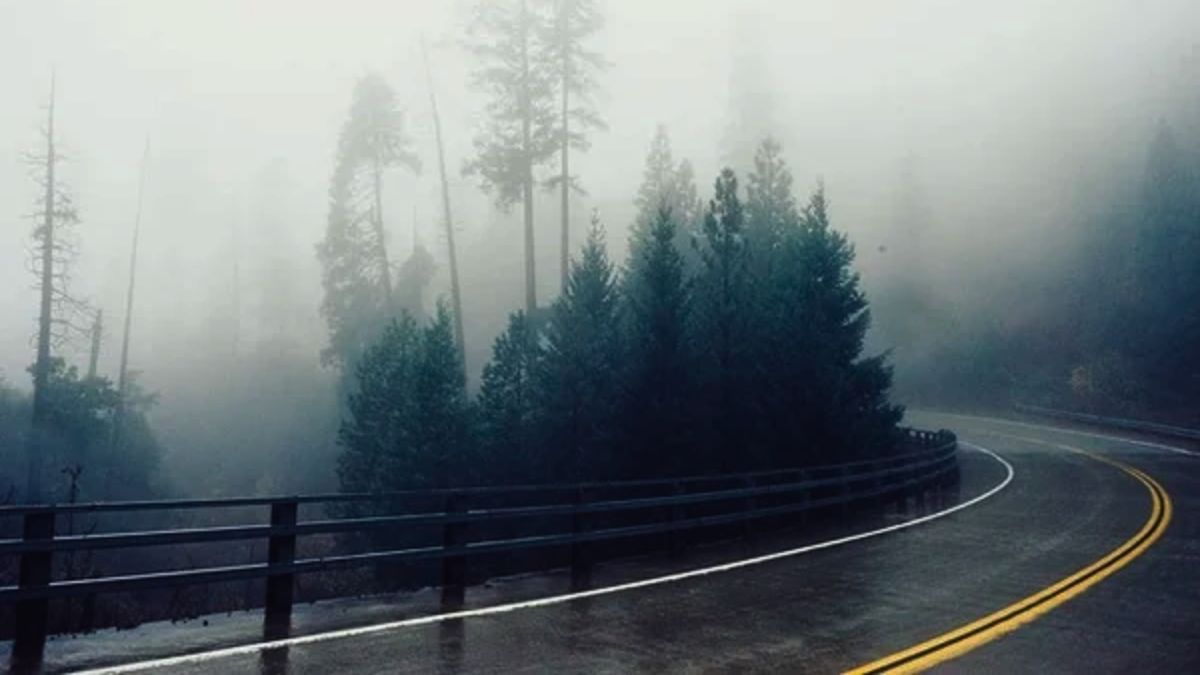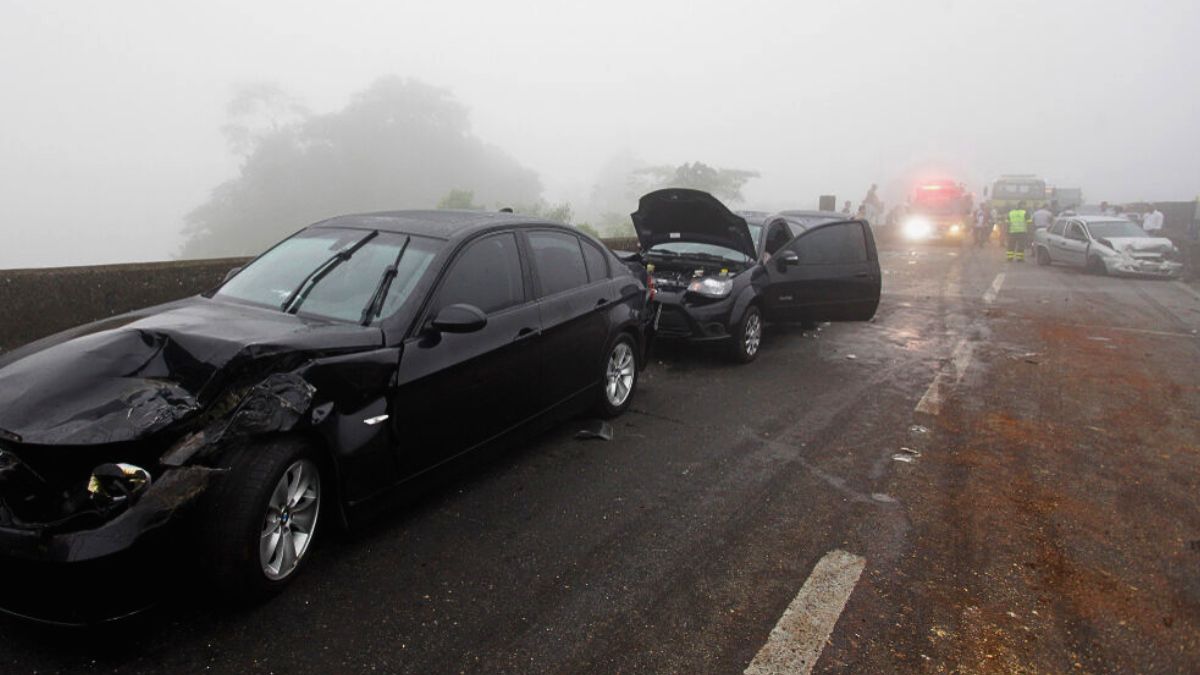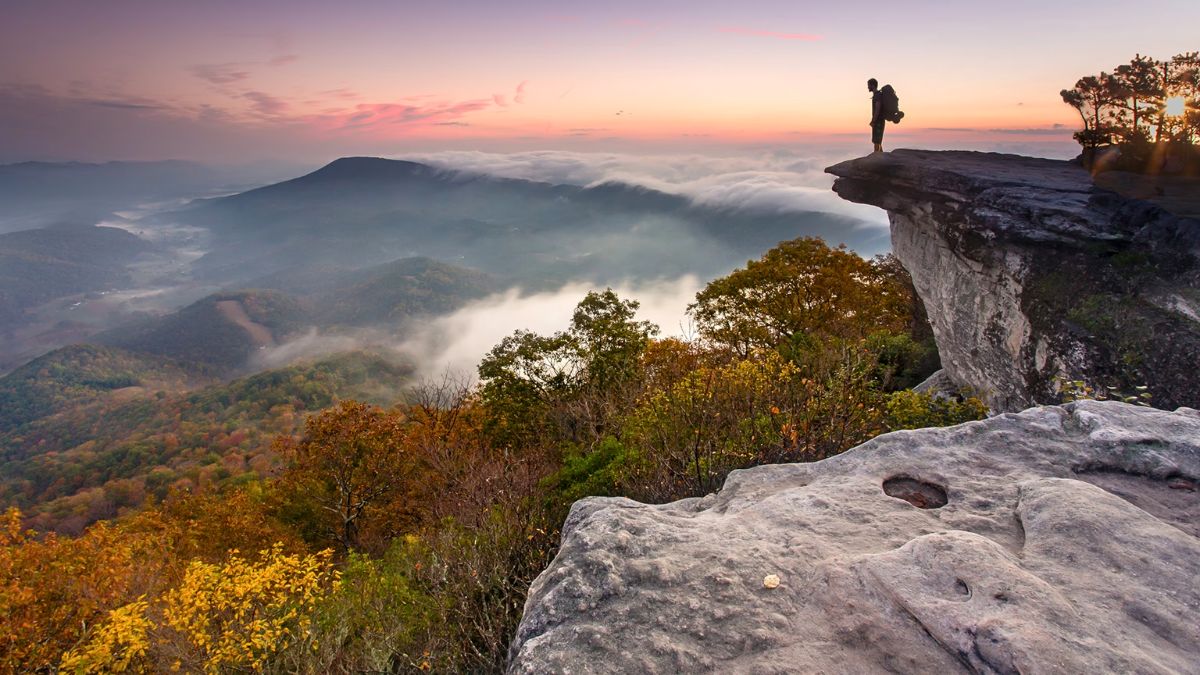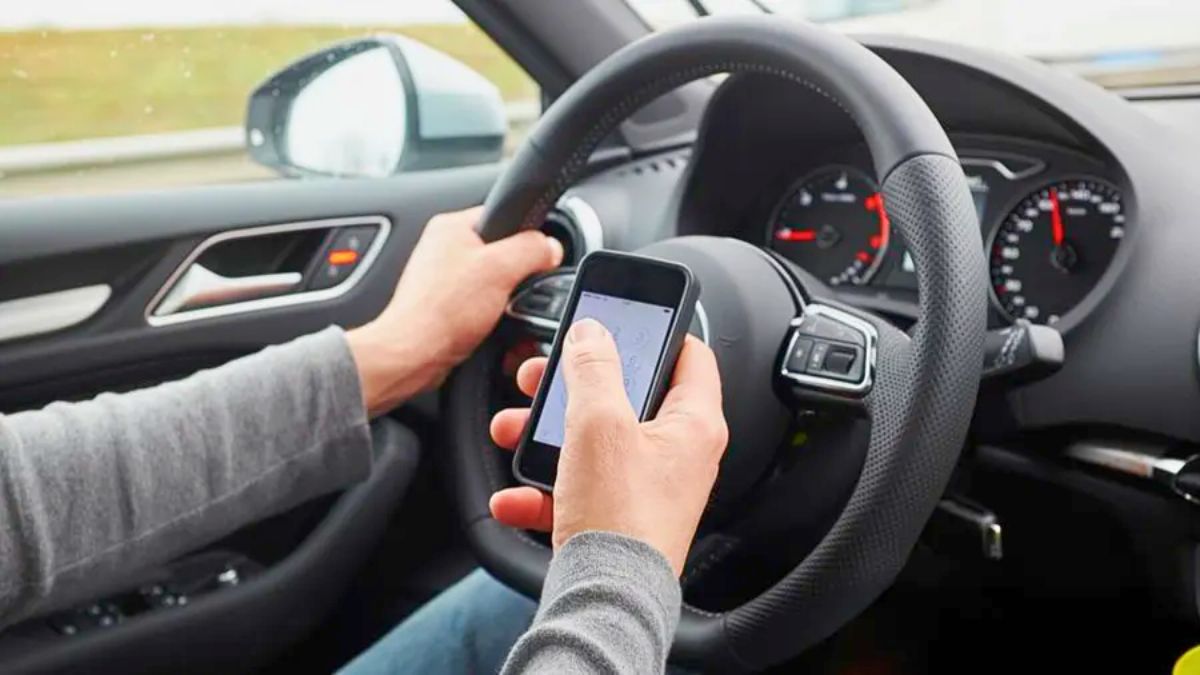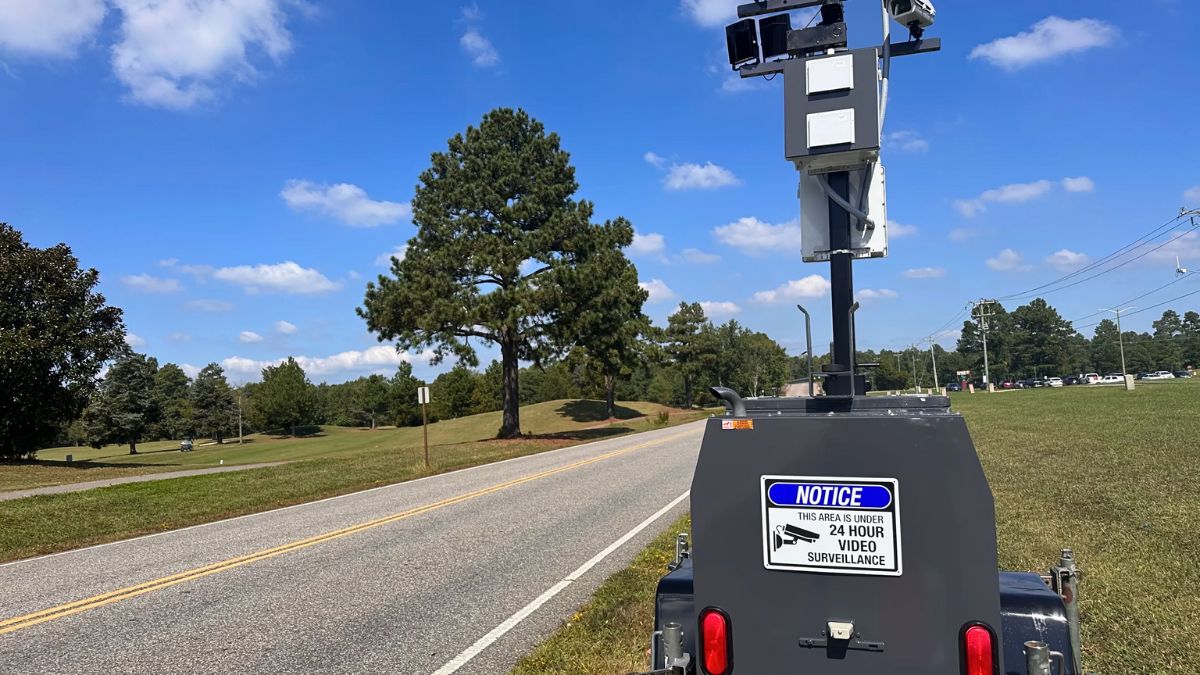Winter in Virginia can be unpredictable. One day it’s sunny, the next it’s snowing, and suddenly—you’re driving on black ice without even knowing it. Black ice is one of the most dangerous winter driving hazards because it’s nearly invisible. It looks just like the road, but it’s a thin, transparent layer of ice that can send your car spinning in seconds. So how can you spot it, and more importantly, how do you avoid it? Let’s break it down.
Warning Signs
Black ice doesn’t wave a red flag. It forms when temperatures drop below freezing and the road surface retains moisture—from melted snow, sleet, or even morning dew. But here’s the catch: it looks like normal pavement. That’s why they call it “black” ice. So what should you watch out for?
- Glossy Roads: If part of the road looks shinier than the rest, that’s a clue.
- Low Temps: Ice forms easily between 20°F and 32°F—especially at night or early morning.
- No Spray: If cars ahead of you suddenly stop kicking up water, the road might be iced over.
- Bridges and Overpasses: These areas freeze first because they’re exposed to cold air from all sides.
- Shaded Spots: Roads covered by trees or buildings may not thaw as fast as sunny areas.
Timing
Timing is everything when it comes to black ice. Early mornings (from 5 a.m. to 9 a.m.) and after sunset are prime times. You might not see any snow, but a clear road can still be treacherous. Keep an eye on your vehicle’s temperature reading—if it’s hovering around freezing, be alert.
Here’s a simple reference:
| Time of Day | Risk Level |
|---|---|
| Early Morning | High |
| Midday | Low |
| Evening | Moderate |
| Overnight | High |
Prevention
Now that you know when and where to look for black ice, let’s talk about staying safe. Prevention starts before you even get in your car.
- Check the Forecast: If freezing temps and moisture are in the forecast, assume black ice is out there.
- Leave Early: You’ll need more time to drive cautiously, especially during your morning commute.
- Tire Check: Make sure your tires are winter-ready and properly inflated. Bald tires and ice are a bad combo.
- Defrost Windows: Seeing the road clearly is half the battle. Keep all windows and mirrors free of frost.
Driving
So you’ve hit the road, and you suspect black ice might be ahead. What now?
- Slow Down: Speed is your enemy. Go 5–10 mph slower than usual when conditions are questionable.
- No Sudden Moves: Jerky steering or hard braking can send you sliding. Think gentle and smooth.
- Keep Distance: Leave extra space between your car and the one in front of you—at least double the normal distance.
- Don’t Panic if You Skid: Ease off the gas, don’t slam the brakes, and steer gently in the direction you want to go.
Recovery
Even the best drivers can hit black ice. If it happens, stay calm.
- Take Your Foot Off the Pedal: Let the car slow down naturally.
- Avoid the Brakes: Braking can lock your wheels and worsen the skid.
- Steer Lightly: Correct your steering gradually to regain control.
If your car spins, don’t overreact. Small, smooth corrections are more effective than aggressive turns.
Virginia winters are no joke, especially when black ice enters the mix. But with a little preparation and a lot of caution, you can keep your wheels on the road and your nerves intact. Always assume black ice might be around the next bend—and drive like it.
FAQs
When is black ice most likely to form?
Early mornings and after sunset in freezing temps.
Where does black ice form first?
On bridges, overpasses, and shaded areas.
How can I spot black ice while driving?
Look for glossy patches and lack of tire spray.
What should I do if I hit black ice?
Ease off the gas, avoid braking, and steer gently.
Are certain Virginia roads riskier?
Yes, rural and mountain roads freeze faster.
